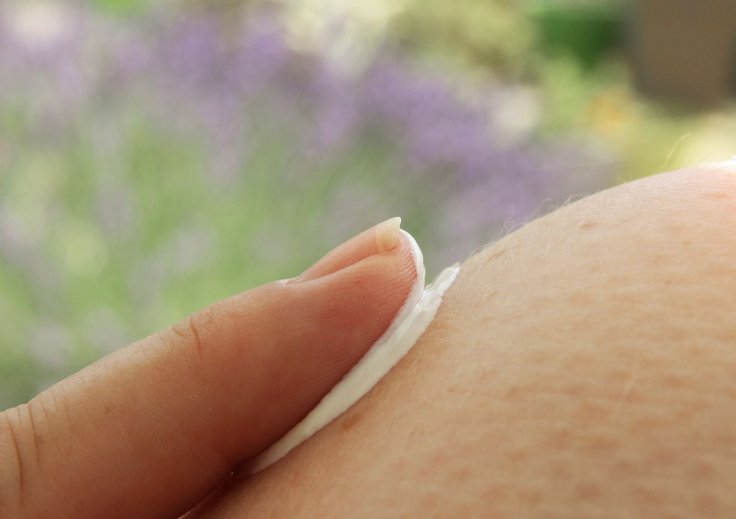Ever wondered why the chemicals found in cosmetics, creams and other similar products cause allergic reactions? A new study claims that the displacement of natural biomolecule similar to fat known as lipids, by some chemicals may be the cause.
According to the study, it is likely that allergic contact dermatitis can be prevented through the application of lipids to the skin to counter those causing an immune reaction through displacement. The study was published in the journal Science Immunology.
The action of T cells
Currently, the only way to stop allergic contact dermatitis is to identify and avoid contact with the offending chemical. Topical ointments can help soothe the rashes, which usually clear up in less than a month.
In severe cases, physicians may prescribe oral corticosteroids, anti-inflammatory agents that suppress the immune system, increasing the risk of infections and other side effects.

An allergic reaction begins when the immune system's T cells recognise a chemical as foreign. T cells do not directly recognise small chemicals, and research suggests that these compounds need to undergo a chemical reaction with larger proteins in order to make themselves visible to T cells.
"However, many small compounds in skincare products that trigger allergic contact dermatitis lack the chemical groups needed for this reaction to occur," said study co-leader Annemieke de Jong, Assistant Professor of dermatology at Columbia University Vagelos College of Physicians and Surgeons in New York.
"These small chemicals should be invisible to T cells, but they're not," De Jong said.
CD1 molecules the culprit
De Jong and her colleagues suspected that CD1a, a molecule that is abundant on Langerhans cells (immune cells in the skin's outer layer), might be responsible for making these chemicals visible to T cells.
In the current study, conducted with human cells in tissue culture, the researchers found that several common chemicals known to trigger allergic contact dermatitis were able to bind to CD1a molecules on the surface of Langerhans cells and activate T cells.
These chemicals included Balsam of Peru and farnesol, which are found in many personal care products, such as skin creams, toothpaste, and fragrances.
Within Balsam of Peru, the researchers identified benzyl benzoate and benzyl cinnamate as the chemicals responsible for the reaction, and overall they identified more than a dozen small chemicals that activated T cells through CD1a.
(With agency inputs)









